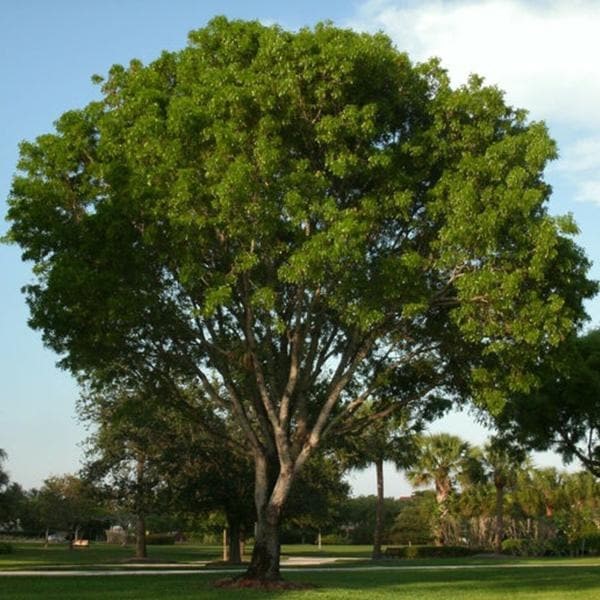Published on: November 23, 2022

CITES
CITES

Why in news?
The Ministry of Environment, Forest and Climate Change stated that any number of Dalbergia sissoo timber-based items can be exported as a single consignment in a shipment without CITES permits if the weight of each individual item of this consignment is less than 10 kg.
Highlights:
- The net weight of each item will only include timber and any other item used in the product like metal etc. will be ignored. This has come as a huge relief for the Indian artisans and furniture industry.
- The 19th meeting of the Conference of Parties to Convention on International Trade in Endangered Species of wild fauna and flora (CITES) is being held in the scenic city of Panama.
Background:
- Shisham (Dalbergia sissoo) is included in Appendix II of the convention, thereby requiring to follow CITES regulations for the trade of the species
- As of now every consignment of weight above 10 kg requires CITES permit.
- Due to this restriction exports of furniture and handicrafts made of Dalbergia sissoo from India has been continuously falling
- The decrease in exports of this products has affected the livelihoods of artisans who work with the species.
What was the issue ?
- In 17th meeting of COP at Johannesburg, South Africa in 2016, included all species of Genus Dalbergia in Appendix II of the convention, thereby requiring to follow CITES regulations for the trade of the species.
- In India, the species Dalbergia sissoo (North Indian Rosewood or Shisham) is found in abundance and is not treated as an endangered species.
- concerns were expressed regarding the challenges in distinguishing different species of Dalbergia in their finished forms.
- Considering the absence of a clear technology for distinguishing the finished wood, the CoP did not agree to de-list the Species from CITES Appendix:II.
- However, the relief given in terms of weight of each item will solve the problem of Indian artisan communities to a great extent and will give a tremendous boost to exports of articles produced by them.
Dalbergia sissoo
- Also known commonly as North Indian rosewood or shisham
- It is a fast-growing, hardy, deciduous rosewood tree native to the Indian subcontinent and southern Iran.
- Distribution and habitat: Native to the foothills of the Himalayas ranging from Afghanistan in the west to Bihar, India, in the east also occurs naturally in Iran
- Use: Best known economic timber species of the rosewood genus sold internationally, but it is also used as fuel wood and for shade and shelter.
- Bihar is the largest producer of shisham timber in India
CITES agreement
- CITES is an international agreement between governments — 184 at present — to ensure that international trade in wild animals and plants does not threaten the survival of the species. The convention entered into force in 1975 and India became the 25th party — a state that voluntarily agrees to be bound by the Convention — in 1976.
- All import, export and re-export of species covered under CITES must be authorised through a permit system.
- CITES Appendix I lists species threatened with extinction — import or export permits for these are issued rarely and only if the purpose is not primarily commercial. CITES Appendix II includes species not necessarily threatened with extinction but in which trade must be strictly regulated.
-
Every two years, the Conference of the Parties (CoP), the supreme decision-making body of CITES, applies a set of biological and trade criteria to evaluate proposals from parties to decide if a species should be in Appendix I or II.

